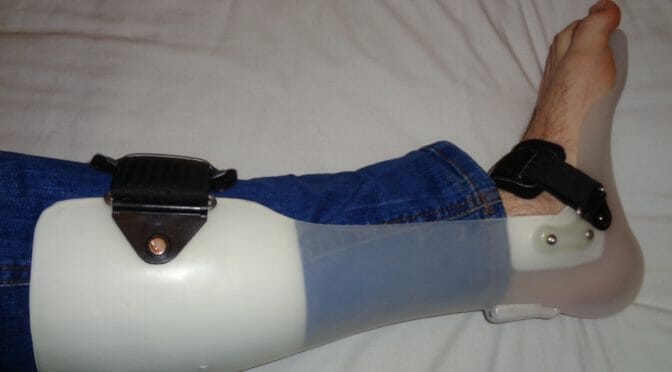Today’s post comes from guest author Jon Rehm, from Rehm, Bennett & Moore.
While bridge collapses make for dramatic footage and almost everybody encounters the more mundane danger of potholes, truck parking is not an infrastructure issue that most people think about, but it is a very important issue for over-the-road truckers.
Lack of truck parking is a safety issue for many reasons. Lack of parking for truckers makes it harder for them to find a place to sleep, which leads to more accidents. Additionally, drivers are forced to park in unsafe locations, like the shoulders of roads, which can lead to even more safety hazards.
I travel quite often on I-80 (which generally follows The Oregon Trail) when I travel between Lincoln and central Nebraska to meet with and represent my clients in places like Grand Island, Hastings, Kearney, Lexington and North Platte. I like the fact that Nebraska has plenty of places to stop for personal comfort, check email or even take a quick nap. But even in a state like Nebraska, where hospitality to overland travelers is an integral part of our state’s history, I still see safety issues with truck parking. The parking lots in many trucks stops are very rough from the weight of the trucks. This can lead to slip and fall injuries. Stops need to be well-maintained so that they remain safe.
Unfortunately, many urban areas are less friendly toward truck parking, which forces rural areas to bear more of the burden of truck parking. President Donald Trump has announced a $1 trillion dollar infrastructure plan. Hopefully, sufficient and safe truck parking will be part of that infrastructure plan.





